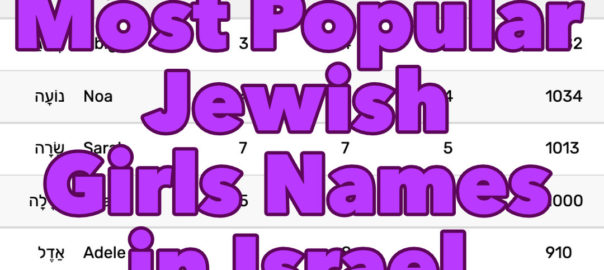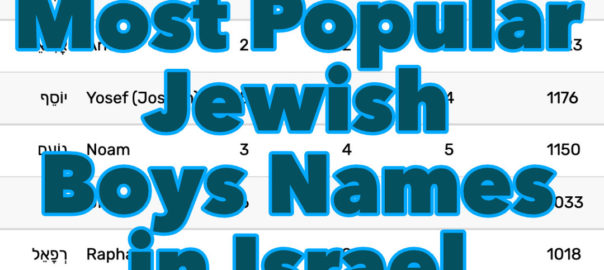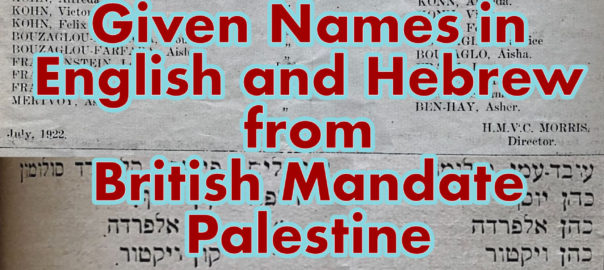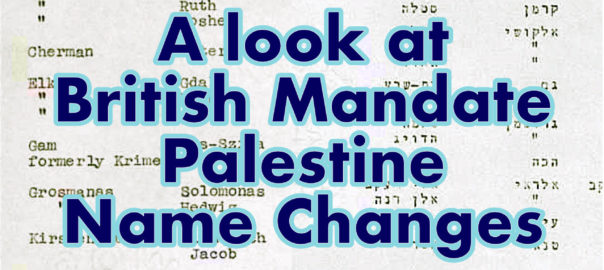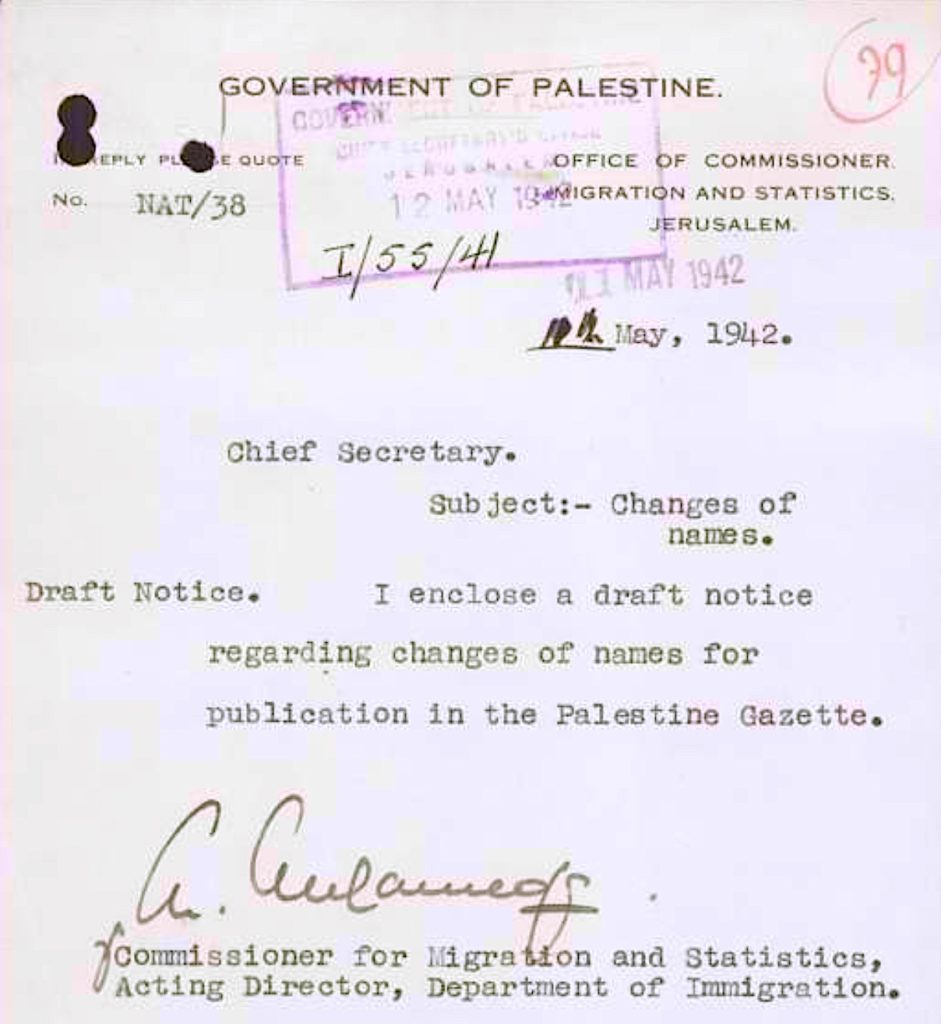I recently found a dataset at the Israeli Central Bureau of Statistics that shows the number of people born each year with each given name, from 1948 to 2021. I thought it might be interesting to see how names change in popularity over time, but it’s a massive amount of data, so I came up with a simpler goal. I selected the ten most popular names from 1948, and the ten most popular names from 2021, and then plotted all of them on a graph over time.
For Jewish boys, the ten most popular names in 1948 were Moshe, Avraham/Abraham, Yoseph/Joseph, Yaakov/Jacob, Yitzchak/Isaac, David, Chaim, Shlomo/Solomon, Shmuel/Samuel, and Yisrael/Israel. In 2021, they were David, Ariel, Lavi, Yoseph/Joseph, Ari, Raphael, Noam, Uri/Ori, Moshe, and Yehuda/Judah. Ari doesn’t show up in the list until 1953 (and still misses some years until 1959). Lavi doesn’t show up until 1959 (and misses years until 1972). All of the other names show up in 1948, but only three names (Moshe, Yoseph/Joseph, and David) show up in the top ten in both 1948 and 2021.
Continue reading Top Ten Israeli Given Names from 1948 to 2021
